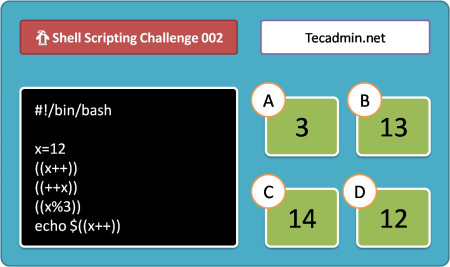In the world of Bash scripting and Unix-like operating systems, the expression /dev/null 2>&1 frequently appears, often leaving newcomers puzzled. This article aims to demystify this cryptic-looking command, breaking down its components and explaining its practical applications. By understanding what each part of /dev/null 2>&1 does, you’ll gain insights into its utility and learn how to use it effectively in your scripts.
What is /dev/null?
To comprehend /dev/null 2>&1, we first need to understand what /dev/null is. In Unix and Unix-like operating systems, /dev/null is a special file that discards all data written to it but reports that the write operation succeeded. It’s often referred to as the “null device” or “black hole” because it immediately gets rid of anything sent to it. This feature is useful for getting rid of unwanted output from commands or scripts.
Understanding File Descriptors
Before diving deeper, it’s crucial to understand the concept of file descriptors in Unix-like systems. File descriptors are an indexing term used by a Unix shell to keep track of open files. The three standard file descriptors are:
- 0 — Standard Input (stdin)
- 1 — Standard Output (stdout)
- 2 — Standard Error (stderr)
These descriptors allow the shell to direct input and output streams in a program.
Breaking Down /dev/null 2>&1
Now, let’s break down the components of /dev/null 2>&1:
- /dev/null: As mentioned, this is the null device that discards all data sent to it.
- 2>: This part of the command is about redirection. 2 represents the standard error (stderr), and the > symbol is used for redirection. So, 2> means “redirect the standard error”.
- &1: This signifies that stderr (2) should be redirected to the same destination as stdout (1). The & indicates that what follows is a file descriptor, not a filename.
- Putting it all together,
/dev/null 2>&1means “redirect both standard output (stdout) and standard error (stderr) to /dev/null, effectively discarding all output and error messages”.
Practical Applications
Understanding how to use /dev/null 2>&1 can be incredibly powerful in Bash scripting and command-line operations. Here are a few practical applications:
1. Suppressing Output and Errors
If you want to run a command but don’t care about its output or errors, appending /dev/null 2>&1 will keep your terminal clean:
some-command >/dev/null 2>&1
2. Logging Errors
If you’re only interested in capturing errors and not the standard output, you can redirect stderr to a file while discarding stdout:
some-command > /dev/null 2> error.log
3. Debugging Scripts
When debugging, you might want to ignore error messages temporarily to focus on the script’s flow. Redirecting errors to /dev/null can help with that.
Conclusion
The /dev/null 2>&1 command is a powerful tool in Bash scripting, providing a convenient way to handle command outputs and errors. By understanding how to use this command, you can write more efficient and cleaner scripts. Whether you’re looking to suppress unnecessary output, log errors, or debug scripts, mastering /dev/null 2>&1 is an essential skill for anyone working with Unix-like operating systems.
